TABLE OF CONTENTS
There’s no shortage of laptops out there. In fact, we’re really spoiled for choice seeing how each and every single OEM has a plethora of different models on offer, all of which come with their own unique strengths and weaknesses.
Most folks, when buying a new laptop, focus solely on performance and sheer computational grunt. And in that quest for power, they miss out on the many vital nuances which comprise the overall user experience.
The quality of a laptop’s display always warrants attention; after all, that’s the canvas which one spends hours and days and months looking at and interfacing with.
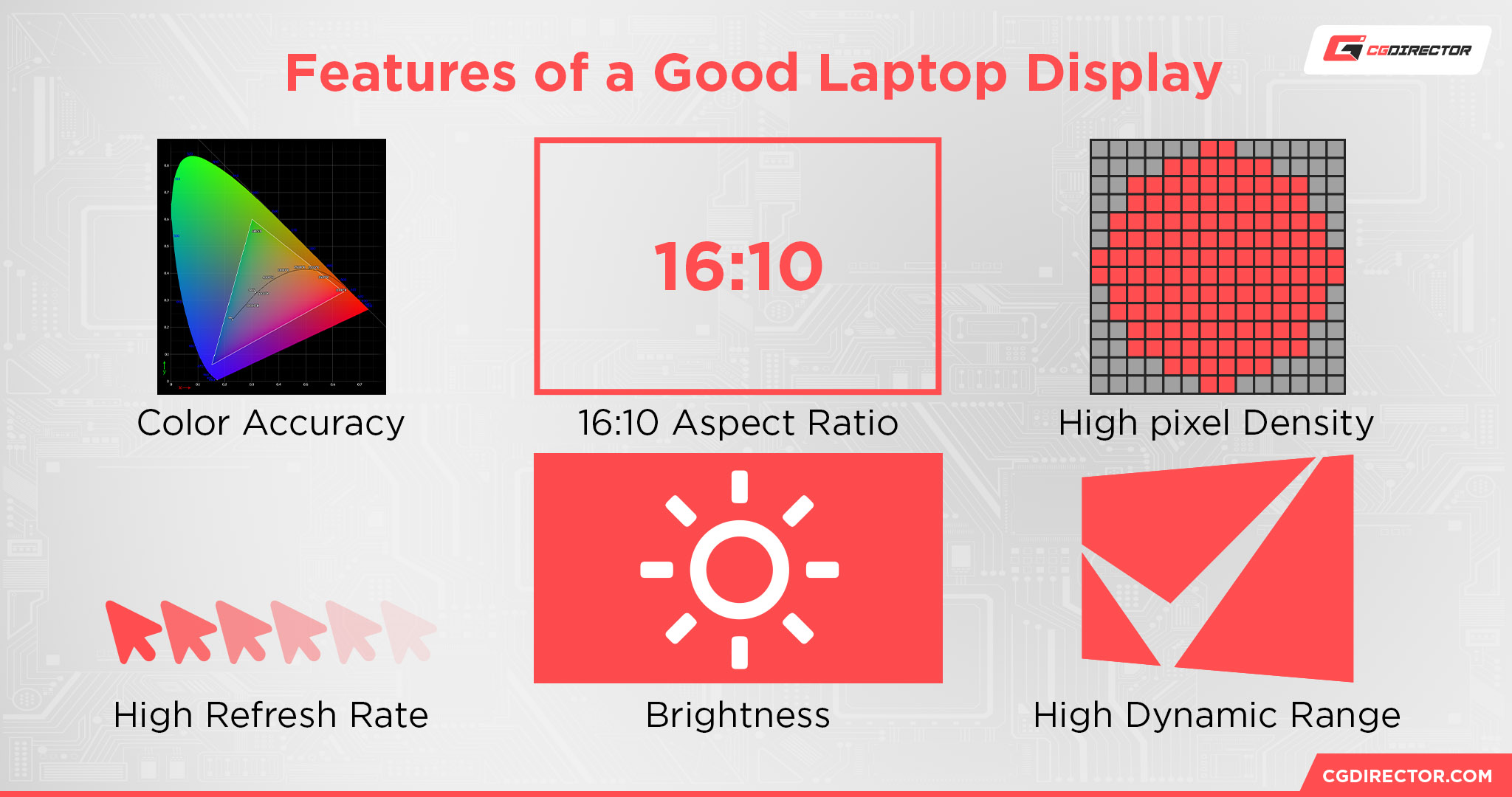
It is also one of the biggest differentiators between entry, mid, and high-end models; and, needless to say, it’s the one area where manufacturers most often tend to cut corners.
For this piece, specifically, we’ll go over the four different types of panels you’re bound to encounter when browsing the market, all of which offer a different kind of experience (alongside some noteworthy flaws and/or limitations you need to be aware of).
Laptops are bought with the intention of being used for many a year — three, four, five, perhaps even six. And so, with that in mind, it’s incredibly important to find the right model, one that’ll fit both your needs and your preferences.
The process of buying a laptop becomes a lot more challenging and taxing once you start analyzing the details — the spec sheets, frequencies, capacities, TDPs, and all the many particularities which always end up defining the overall user experience.
The quality of a laptop’s display matters a lot more than most folks realize, and it doesn’t just hinge on, say, maximum brightness or color accuracy.
It’s a much longer and more intricate list of details than it might seem at first glance, and the vast majority of them are tied to the very technology which happens to be employed.
And so, with all of that being said, let’s delve into the nitty-gritty!
Laptop Displays — What Are Your Options?
As far as laptops go, the following panel technologies are the most prevalent: TN, IPS, OLED, and mini-LED.
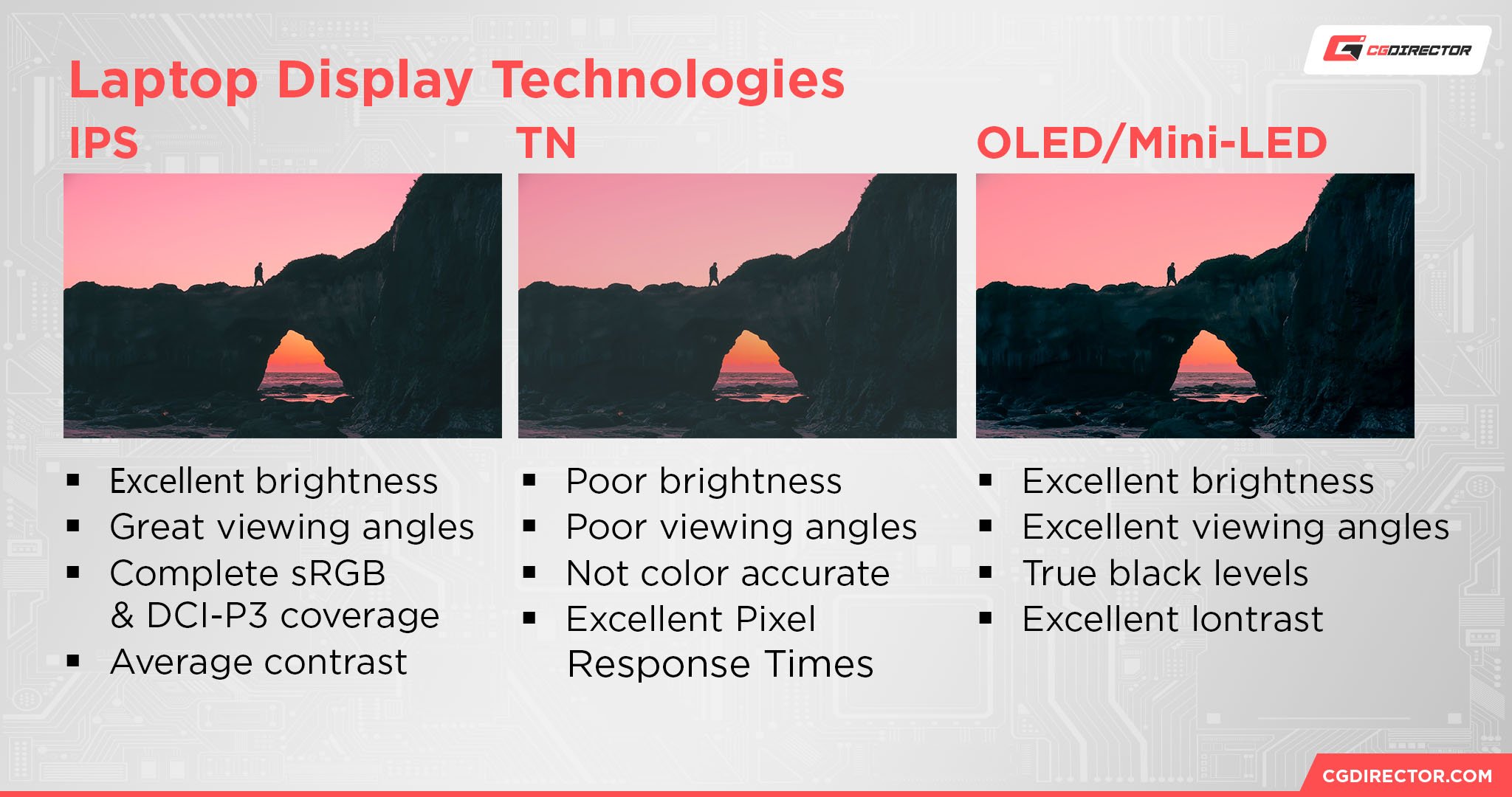
We’ve lined them up in such a way to indicate both quality and price, with the last two sort of sharing that number one spot; TN panels, therefore, are the absolute worst, and can only be found on budget-oriented laptops, be they aimed at general productivity work or gaming.
Their only redeeming quality would be their incredibly fast response times, but that, essentially, is their only strength and “selling point.”
IPS displays are the most prevalent and there’s a very good reason why: they offer the most balanced experience for the asking price.
There’s nothing overly egregious to complain about, although it’s fair to say that their quality does vary quite a bit. This variance includes brightness, color accuracy, contrast, refresh rate, pixel response time, and so on and so forth.
They’re great for content creation, gaming, and all the many tasks and workloads you might want to tackle and embark on. This, in short, makes them the perfect pick for most people. They don’t, however, stand out in any particular way.
OLED and mini-LED displays, on the other hand, have some truly spectacular strengths, but also a few noteworthy flaws, some of which may well be deemed dealbreaking, depending on your needs and preferences.
They’re most often found on premium laptops although, to be fair, certain OEMs like ASUS have started employing OLED panels even on laptops that cost less than a thousand dollars/euros — something which was unfathomable just a few short years ago.
Each of these different panel technologies caters to a different kind of user and budget.
TN Laptop Panels — Impossible to Recommend
TN (twisted nematic) panels are the cheapest of the bunch and, as such, are only present on budget-friendly laptops.
They are, for the most part, incredibly dim (between 200 and 250 nits) and are nowhere near color accurate enough for any kind of creative work. Heck, they’re a bad option for content consumption as well.
They do have rather impressive pixel response times and can, at times, reach higher refresh rates when compared to other panel technologies.
TN-based monitors are still present in today’s day and age and are, in fact, a lot more popular in the esports realm than one would expect. That, however, is their only redeeming quality.
Their viewing angles are horrible, they don’t get bright enough for everyday use, and they’re about as far from color-accurate as it gets. They simply come with too many flaws and drawbacks, and are not a good choice whatsoever.
If you’re interested in seeing how a TN-imbued laptop fares against an entry-level IPS one, make sure to watch the following video:
IPS Laptop Panels — Tremendously Well-Rounded
In-plane switching panels (or IPS, for short) can be found on both mid- and high-end laptops.
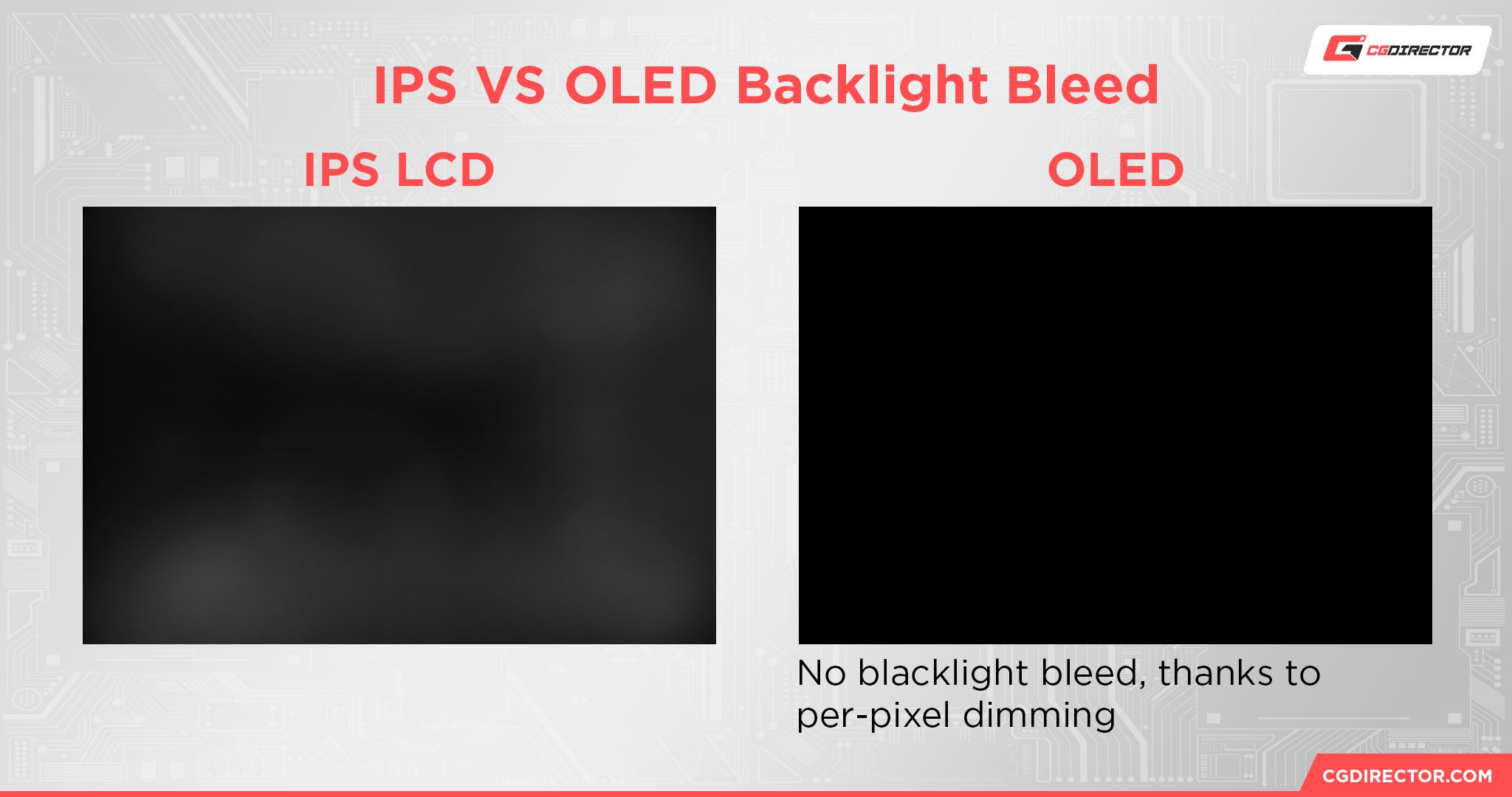
The quality of these panels varies quite a lot, but they are, for the most part, an easy option to recommend. Some of them are incredibly bright. Others less so.
Some of them offer complete coverage of the sRGB and DCI-P3 color spectrums, whereas others do not. Some are fast and stunning to look at, whereas others leave a bit too much to be desired.
Overall, though, there’s very little to complain about. IPS panels are about as well-rounded as it gets, and they have no debilitating flaw or drawback worth pointing out.
As already mentioned, their strengths and merits vary quite a lot, but at least there’s a certain minimum that’s going to be met no matter the laptop you end up buying.
The contrast ratio of your average IPS panel isn’t all that impressive, and they can, at times, suffer from some truly horrendous backlight bleed (and some “IPS glow”), but other than that, there’s very little to criticize.
Just make sure to read the spec sheet of the laptop you’re interested in as its particular IPS panel may or may not be all that impressive. This is especially important if you’re a content creator or creative professional — one whose work happens to be color-critical.
OLED Laptop Panels — Jaw-Droppingly Good
OLED panels are all the rage these days and, well, it’s been like that for years. Their strengths are great in number, but they also have a few wholly unique flaws, too.
First of all, whenever people talk about OLEDs, they always tend to mention their “inky blacks.” Unlike TN or IPS panels, where a single zone backlight is employed, OLEDs don’t have such a layer — instead, each and every single pixel is self-lit.
And so, if you happen to be viewing any kind of content that has a lot of shadows or black areas, individual pixels will either emit a miniscule amount of light or will, conversely, turn themselves off entirely.
The result? A jaw-dropping contrast ratio, true black levels, and an image that is both more pleasing to the eye and more “lifelike.” This also means that OLED panels provide a spectacular HDR experience — one that is freed from any kind of blooming or glow.
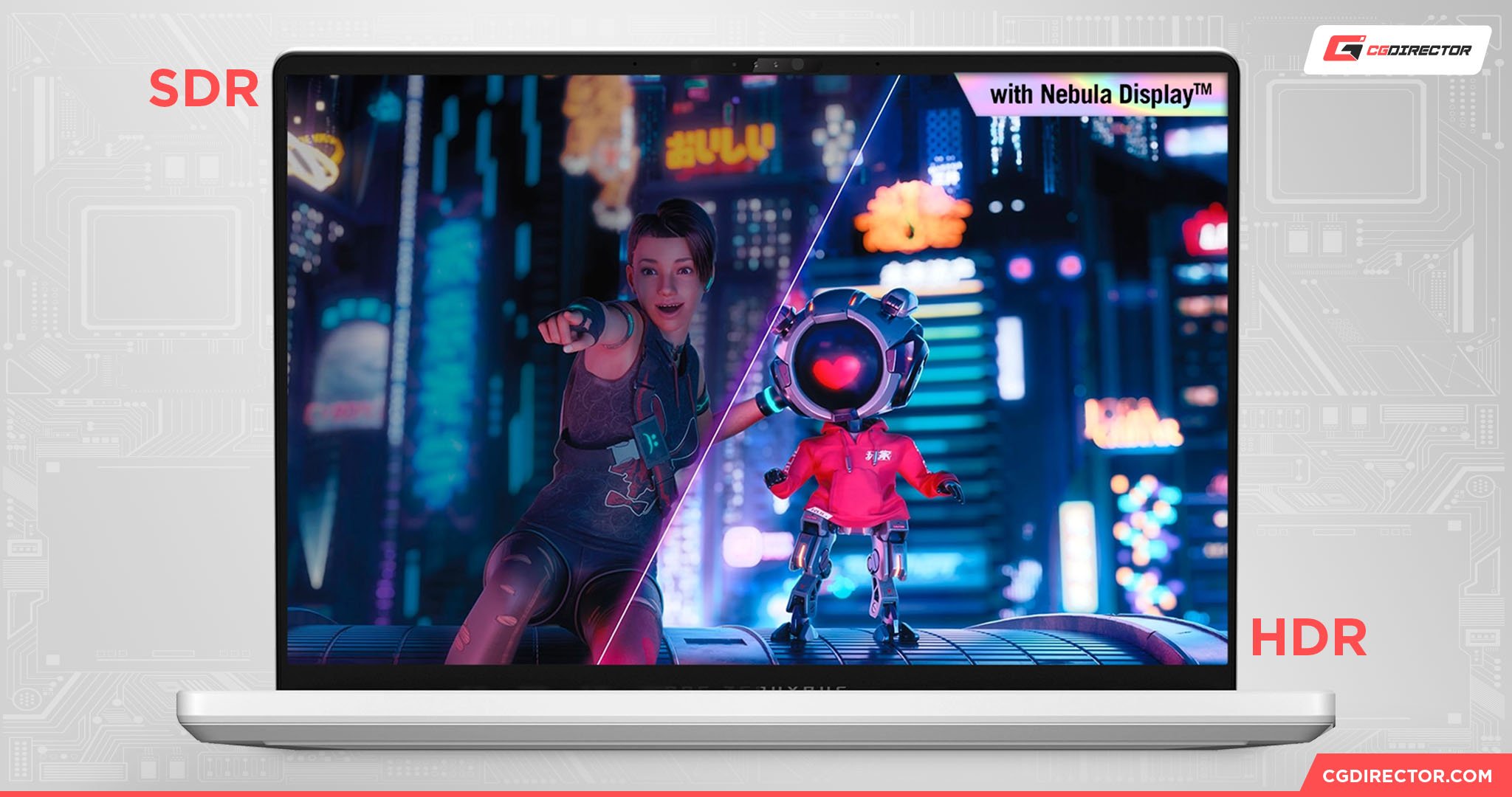
As if all of that wasn’t enough, OLEDs also have best-in-class pixel response times (near instantaneous) and are stupendously color accurate.
These are no small strengths and benefits. This makes them the premier option for both gamers and creatives alike — assuming said creatives are willing to, potentially, tinker a bit with their settings and dial everything to their liking.
Some OLED panels are a bit too saturated out-of-the-box, but most OEMs tend to include dedicated sRGB, AdobeRGB, and DCI-P3 modes so that’s not that big of an issue.
To see one such standout model, make sure to watch the following video:
OLEDs are not without fault, though. First of all, their power draw varies quite a lot depending on what’s on-screen.
They also tend to have non-standard subpixel layouts which invariably results in fringing and reduced text clarity. That’s why most OLED panels (in laptops, at least) have very high pixel densities — a higher resolution makes this a non-issue.
Their maximum brightness, also, leaves a bit to be desired. Most OLED panels also have a glossy finish, which means they don’t reflect nearly as much light and have to be run at higher brightness levels for an optimal viewing experience.
Most of them also employ PWM (pulse-width modulation) below a certain brightness threshold, which can result in headaches and a tremendous amount of eye strain (to a smallish subset of users).
And, last but certainly not least, they’re prone to what is called burn-in. That, sadly, is their biggest and most debilitating flaw, and it’s a unique one, too, as it’s not shared by any other type of panel.
What’s OLED Burn-In?
Burn-in is, essentially, the bane of OLED’s existence. It results in a permanent mark on-screen, a mark which cannot be removed or dealt with in any which way.
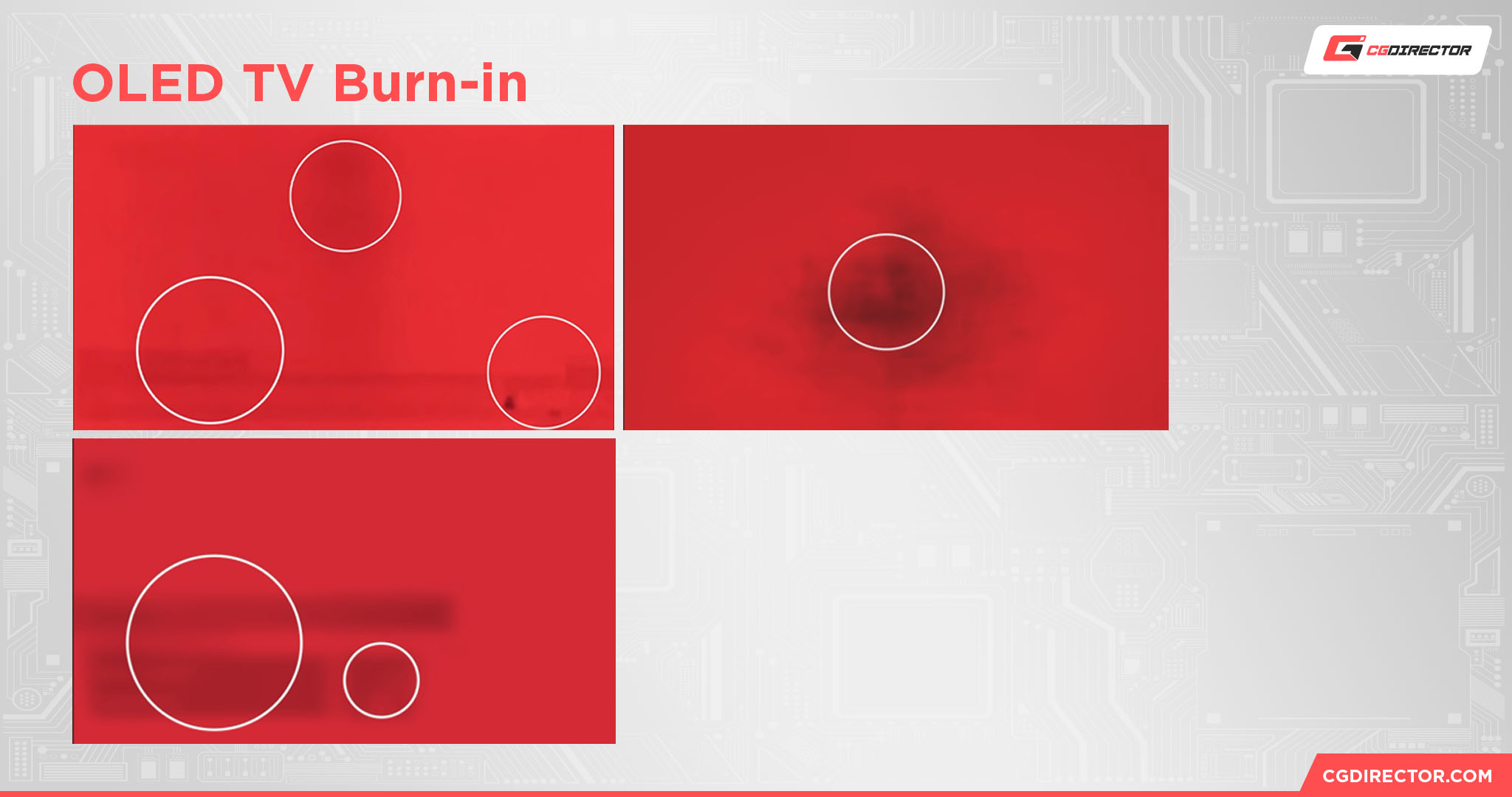
Static elements like logos, in-game HUDs, banners, user interfaces, taskbars, and such like are the biggest issue, and the longer they’re present on-screen (and the higher the brightness), the higher the likelihood of burn-in occuring.
And, needless to say, it’s quite a nasty thing, too. It’s not going to render your laptop useless but, depending on what you’re viewing on-screen, those permanent marks might affect the overall experience in a hugely negative way.
Now, burn-in isn’t nearly as big of an issue as it was just a few short years ago. The technology itself has evolved quite a bit and, moreover, OEMs are now employing numerous different software- and hardware-based safeguards.
Do they make a difference? They sure do, but the risk of burn-in still exists, and, barring any kind of technological breakthrough, it’ll keep on existing.
If you have an OLED laptop, you’ll not only want to activate said safeguards (which can always be found within your OEM’s proprietary software like MyASUS or Lenovo Vantage) but also set a pretty aggressive screensaver.
Regular desktop use is, essentially, the biggest problem, as there’s always a plethora of different UI elements on-screen — elements which could, by all means, result in burn-in a year, two, or three down the road.
And so you really have to ask yourself: are the many benefits and strengths of OLED worth the risk? To some they very much are. To others, less so.
Mini-LED Laptop Panels — Great But Not Flawless
Mini-LED panels are arguably the most interesting of the bunch as they incorporate some of OLED’s biggest strengths without being susceptible to burn-in.
These panels are comprised of many incredibly small LED diodes — hence the name. They offer superb color accuracy (more often than not, at least) and can reach retina-burning levels of brightness when viewing HDR content.
Apple’s latest MacBook Pros (the 14” and 16” models, to be more specific) can hit a peak of 1600 nits (HDR only).
Most OLED laptops, on the other hand, can only go up to around 600 nits. A sufficient number, no doubt, but a less impressive one regardless.
There is, however, a much greater level of variance when it comes to mini-LED laptops. Some are awe-inspiring, others less so. All of this stresses the importance of reading the “fine print” before making any kind of purchasing decision.
Dimming zones play a huge part in just how good a viewing experience you’re going to get from a mini-LED display. The greater the number of zones, the more comparable it is to an OLED.
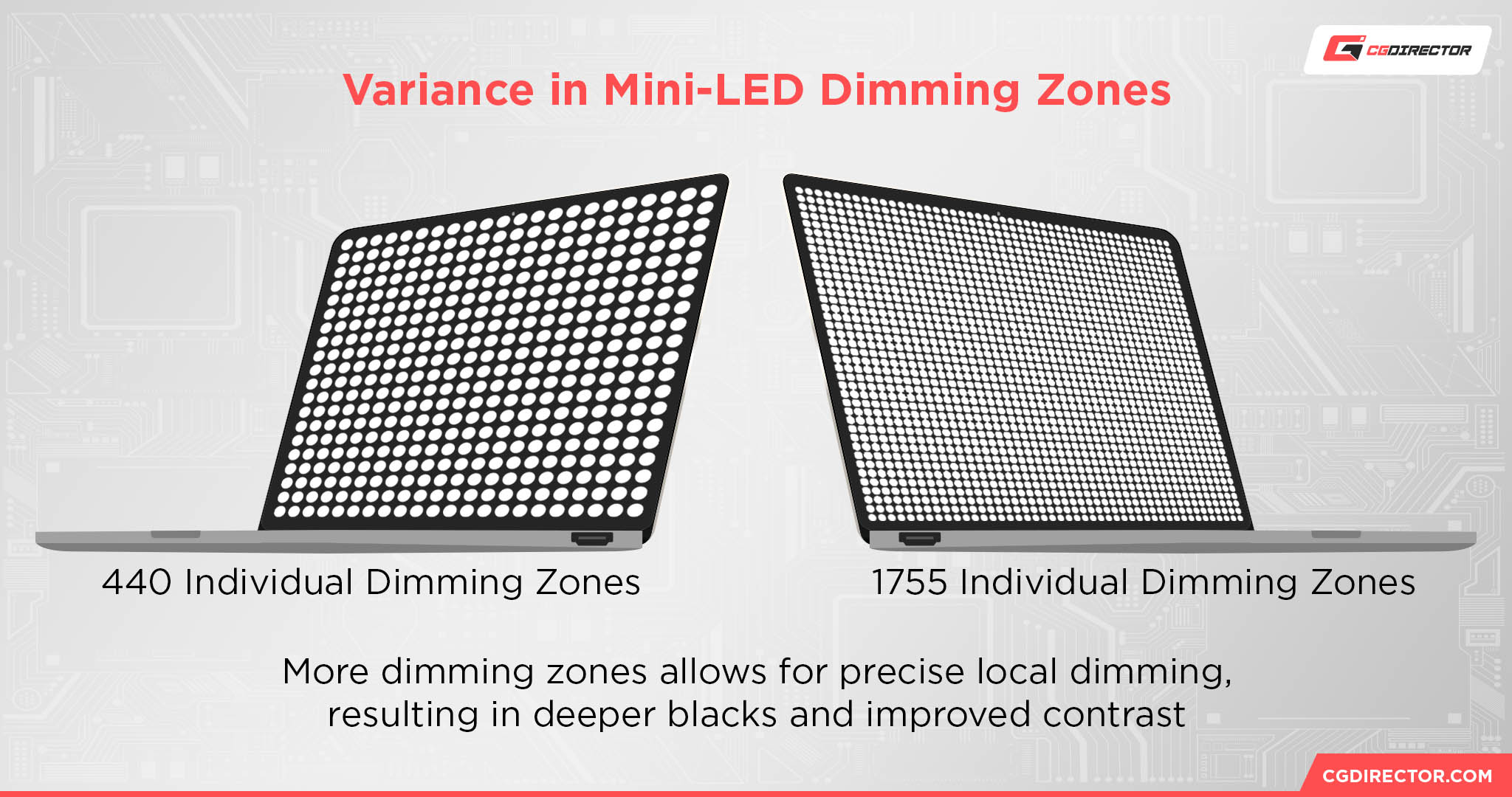
You also need to be aware of blooming which, sadly, can often get quite egregious — that’s something you’re never going to experience with an OLED panel.
The severity of this issue varies greatly from one implementation to another, so make sure to do a bit of research before making an investment.
It’s not a perfect panel by any stretch of the imagination, but it does have a few pretty slick strengths and benefits; a great implementation will deliver, say, 80-90% of the OLED experience without any of its long-term risks or flaws.
Additionally, OLED laptops have become a lot more ubiquitous (and surprisingly affordable) over the last year or so.
Windows-based mini-LED laptops, on the other hand, are not only rare but are also pretty inconsistent when it comes to the quality of their panels.
With one of the latest MacBook Pros, you’re guaranteed a spectacular overall experience — one that, granted, is still plagued by blooming and slower-than-expected response times.
Be that as it may, mini-LED laptops are still a worthwhile investment – just make sure to do a bit of digging so as to discern the subpar from the excellent.
ASUS, at least right now, seems to be ahead of the pack:
Conclusion — Which Display Panel Should You Go With?
That really depends on your needs and preferences. For most, an IPS panel will be more than enough.
It’s not going to excel in any particular area, but it’s nonetheless going to provide a very satisfying, well-balanced experience. A good IPS panel can suffice for both gaming and content creation, which makes it an easy option to recommend.
TN panels, on the other hand, should be avoided as if they were the plague — at least in the laptop realm.
They are, for the most part, rather horrendous; dim, washed out, with terrible viewing angles and subpar color accuracy. They’re a pretty good option for gaming, but their fast response times simply aren’t enough to offset the aforementioned drawbacks.
OLEDs, despite their few unique limitations, are still highly sought-after — and naturally so.
They’re simply stunning in each and every single way. Their contrast ratio, perfect blacks, their HDR performance, color accuracy, and viewing angles are all exemplary.
The threat of burn-in looms heavy, though, and that’s definitely a (potential) dealbreaker worth pointing out.
Now, as already mentioned, today’s OLED panels are a lot more advanced than those of the past, and with regular (typical) use, you’re most likely not going to encounter any burn-in even a few years down the road.
The fact that most OEMs have certain safeguards in place (like “Pixel Refresh” and “Pixel Shift”) also warrants a mention. Be that as it may, you do need to be aware of this wholly unique Achilles’ heel.
Finally, mini-LED panels, one could argue, combine the best of all worlds (assuming they have a sufficient number of dimming zones which is only the case for the absolute best and most expensive models out there).
They have the highest maximum brightness, their HDR performance is phenomenal, and so is their color accuracy.
They do suffer from a bit of blooming (or a lot of it, depending on the implementation), and their response times aren’t always particularly impressive, but for content creation and consumption they’re a rather great — if overpriced — option.
They’re not as good as OLEDs, though, and they’re also a fair bit more expensive (at least at the time of this writing).
Still, a good mini-LED display sure can make a world of difference when compared to standard IPS panels – as evidenced by the following video:
Each of these panels targets a different kind of user. And, naturally, you need to think about your needs, workflow, and preferences before making any kind of decision.
If you want peace of mind, go with an IPS. If you want high color accuracy and incredible brightness, go with mini-LED (assuming money isn’t an issue).
It’s not as good or impressive a technology as OLED, but you’re never going to worry about stuff like burn-in, which is no small benefit.
And, lastly, if you’re okay with taking certain preventive measures, going with an OLED laptop will no doubt result in the absolute best and most jaw-dropping viewing/gaming experience.
FAQ
Let’s go over a few potential questions you might have regarding this particular topic:
Are Laptops With TN Displays Bad?
They are. In fact, if your budget allows it, don’t even think about buying a laptop with this type of panel as you’re going to be sorely disappointed.
Are OLED Laptops Worth It?
Without a shadow of a doubt.
They offer the absolute best and most mind-blowing viewing experience, be it in SDR or HDR. They’re great for content creation, content consumption, and even gaming, too, due to their incredible HDR performance and blazing-fast response times.
Moreover, OLED laptops are nowhere near as expensive nowadays as they were in the past. The ASUS Zenbook 14X, for instance, often retails for a measly $699.
We’re talking about a thin-and-light powerhouse with a 14.5″ 2.8K OLED display (with touch support), a Intel Core i7-1300H, 16GB of RAM (soldered onto the motherboard), and a 512GB NVMe SSD.
That’s a jaw-dropping spec sheet for a laptop that costs about as much as a higher-end Chromebook. And so, really, with the price that low, there’s really no reason not to go with OLED — burn-in notwithstanding.
If you’re interested in learning more about that aforementioned Zenbook, make sure to watch the following video:
Is Burn-In Still a Problem with OLED Displays?
That’s a very tough question to answer. Generally speaking, it isn’t. The OLEDs used in today’s laptops, smartphones, and TVs are no longer as prone to burn-in as the ones in the past.
They’re much more advanced and there’s a host of different software- and hardware-based tricks and features which can be employed to diminish the risk of burn-in ever occurring.
That risk, however, will never fully go away, but it’s really not as big a deal (or as prevalent a problem) as it was just a few short years ago.
Here’s a great breakdown from RTINGS, although do note that the OLED TVs they used for testing purposes aren’t quite as novel or advanced as the ones that are currently on the market.
OLED or Mini-LED — Which Is Better in a Laptop?
OLED panels are, for the most part, the better option. Their only flaw is the fact that they can, in both theory and practice, suffer from burn-in, but that’s really not as big of an issue as it was in the past.
They can’t get quite as bright as some mini-LED panels on the market, but they’re still bright enough. Most OLED laptops hover around the 400 nit mark for SDR content and 550-600 for HDR, which means there’s very little, if anything, to complain about.
You don’t need to go any brighter than that to get a stellar HDR experience, contrary to popular belief.
A higher nit count will obviously result in a more immersive, lifelike image, but for that to be attained with a mini-LED display, it really has to tick numerous different boxes, all of which come at quite a high cost.
Are OLED Laptops Good for Gaming?
They’re not only good but are absolutely astonishing.
They have the absolute best and fastest response times out of all available panel technologies and, when coupled with their deep blacks, spectacular contrast ratios and incredible color accuracy, can deliver a gaming experience unlike any other — especially in HDR.
If gaming is your main concern, then going with an OLED panel is basically a must.
Over to You
Which panel technology do you prefer and why? Let us know in the comment section down below and, in case you need any help, head over to our forum and ask away!
![Laptop Displays — Panel Types compared [IPS/OLED/TN] Laptop Displays — Panel Types compared [IPS/OLED/TN]](https://www.cgdirector.com/wp-content/uploads/media/2024/03/Laptop-Displays-—-Which-Panel-Technology-Should-You-Go-With-Twitter-1200x675.jpg)
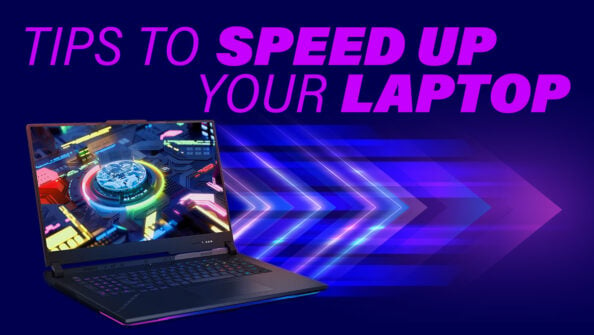
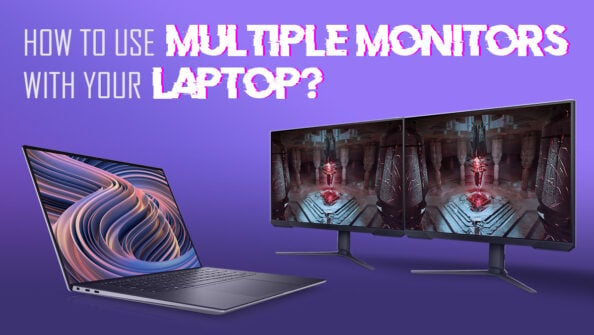
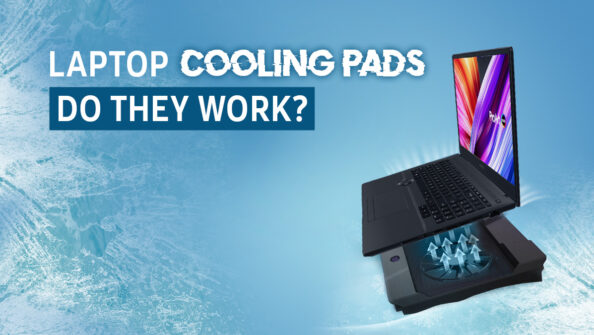
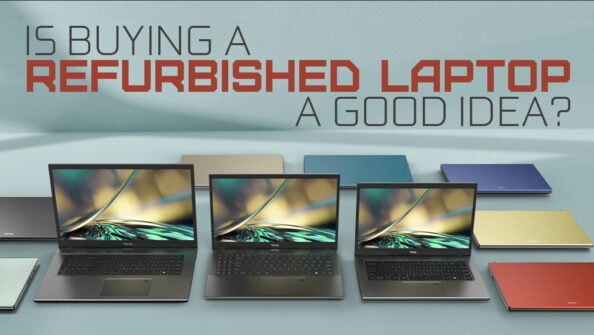

0 Comments